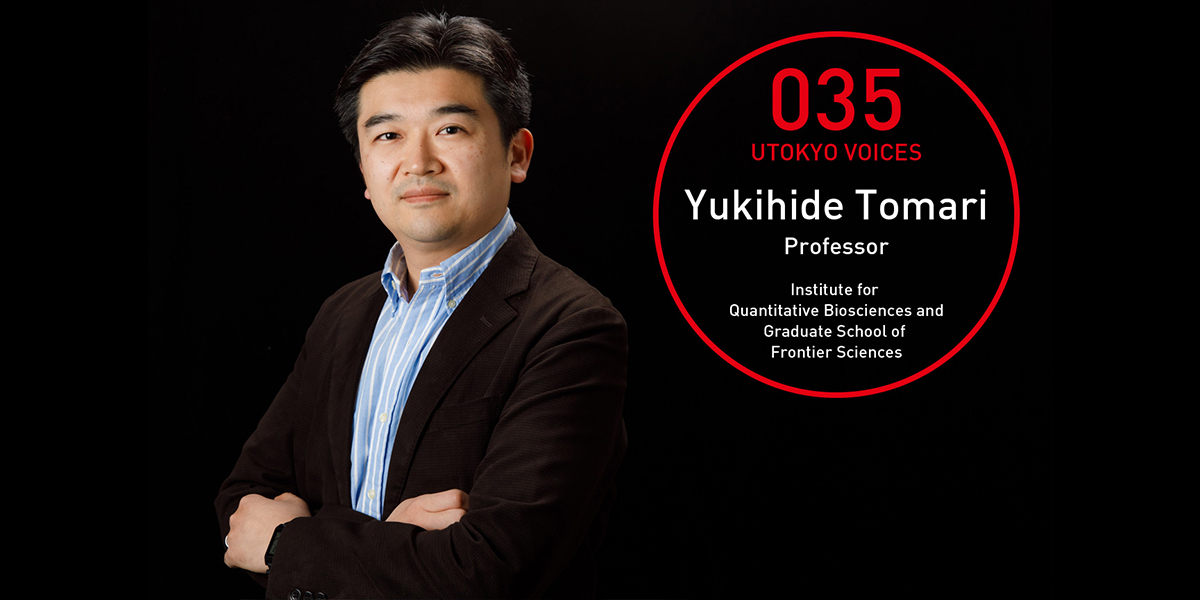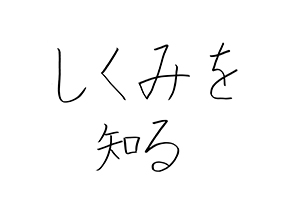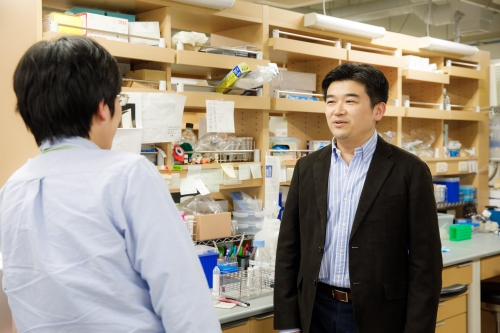Exploring Wonders of the World of RNA that Contradict the Central Dogma | UTOKYO VOICES 035


Exploring Wonders of the World of RNA that Contradict the Central Dogma
The hypothesis put forward by Francis Crick over half a century ago that the hereditary information of living organisms is transmitted from DNA to RNA to protein is the basic principle in molecular biology and is known as the central dogma. However, in 1998, a phenomenon called RNA interference was discovered where the presence of RNA prevents the production of proteins. This remarkable discovery would earn its discoverers the 2006 Nobel Prize.
“During my graduate school days, when nobody understood why RNA interference occurred and what factors allowed for it, a paper that boldly dove right into this topic caught my attention. I immediately sent an e-mail to the author, and traveled to the University of Massachusetts to do my postdoc.” Since then, Professor Tomari has been aiming to elucidate the functioning and operating principle of non-coding RNA—RNA that works without being translated into proteins.
While in his second year of undergraduate study, Tomari says he found the molecular biology course that he took among his general courses profoundly interesting. “Living organisms are extremely well organized mechanisms. I was fascinated by just how unbelievably well-organized they are.” He didn’t have the future in mind when he decided on his major: “I played the keyboard in a band in my undergraduate days. There was a senior student there who was extremely talented at the keyboard, and he was in the Department of Chemistry and Biotechnology, so I entered that Department.”
Since finding himself put in an RNA lab in his fourth year of university, he has worked to tackle the mysteries of the world of RNA. However, at that time he was uncertain if he would continue on to do a doctorate: “I went to job fairs, but, rather than work, I thought it would be fun to conduct my own experiments, so, in a pretty light-hearted frame of mind, I decided to pursue my PhD.”
It has been discovered in recent years that non-coding RNA exerts elaborate control over gene expression, and supports complex, high-order biological phenomena. However, it is still unclear how this non-coding RNA is created and under what principles it functions.
“We make a point of sticking to classic biochemistry techniques (recreating biological phenomena in test tubes and analyzing them). It takes more time and effort than large-scale screening (searching for a specific gene in the genome) or the newer techniques these days; however, it offers the benefit not only of discovering the causative factors but, at the same time, of also understanding the detailed processes. I believe that it is thanks to these plodding old classic methods that we are able to give a quantitative account of the principles behind living organisms at the molecular level.”
Tomari does not think about possible applications of his research while engaged in it; however, RNA interference can be used to artificially control the functioning of genes, which may lead to the development of drugs to treat genetic diseases and cancer. “If you think only about possible applications, then the details of what you’re researching stay hidden in a black box. Basic research can illuminate this black box, and can also contribute to developing applications.”
“Scientists are the same as artists: they both make a living pursuing what they love—although, a scientist is probably more stably employed than an artist. Yet, the competition in science is fierce, so even if everyone did what simply came to mind, they would lose. But if you keep doing what you are good at, with integrity, and are thoroughgoing in your pursuit of what you are after, then no one can touch you.” That is no doubt the path to becoming the best at what you do.


On the 10th anniversary of the founding of the Institute, Tomari’s fellow members gave him a mini-Segway hoverboard. Tomari says he is self-conscious about using it outside, but that riding it through the lab or in the hallways of the building makes for a fun diversion.


[Text: Shikumi wo shiru (“Know the mechanisms”)]
“The mechanisms of living organisms are really intricate, and their ingenuity astounds me. We are driven by the pleasure of finding out for ourselves how these mechanisms work.”

Yukihide Tomari
Completed his PhD in March 2003 at the Department of Chemistry and Biotechnology, School of Engineering, the University of Tokyo. Worked as a post-doctoral researcher at the University of Massachusetts Medical School beginning in April 2003. Began working as a lecturer in October 2006 at the Institute of Molecular and Cellular Biosciences and the (former) Department of Medical Genome Sciences, Graduate School of Frontier Sciences, the University of Tokyo. Became associate professor in July 2009, and full professor (current post) in February 2013. From October 2006 to March 2010 he held a concurrent post as a JST PRESTO researcher. Appointed Vice-Director of the Institute of Molecular and Cellular Biosciences in April 2017. Awarded the Japan Academy Medal in February 2012, and the Inoue Prize for Science in February 2017.
Interview date: January 19, 2018
Interview/text: Tsutomu Sahara. Photos: Takuma Imamura.






